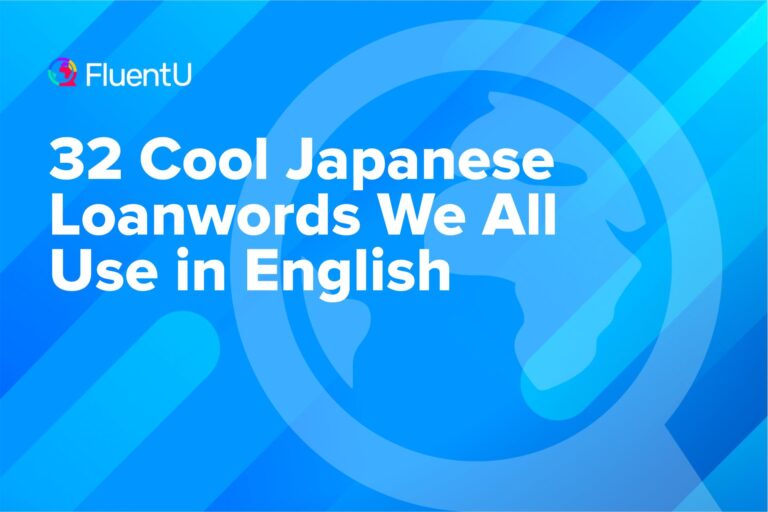12 Famous Japanese Authors You Shouldn’t Miss Out On
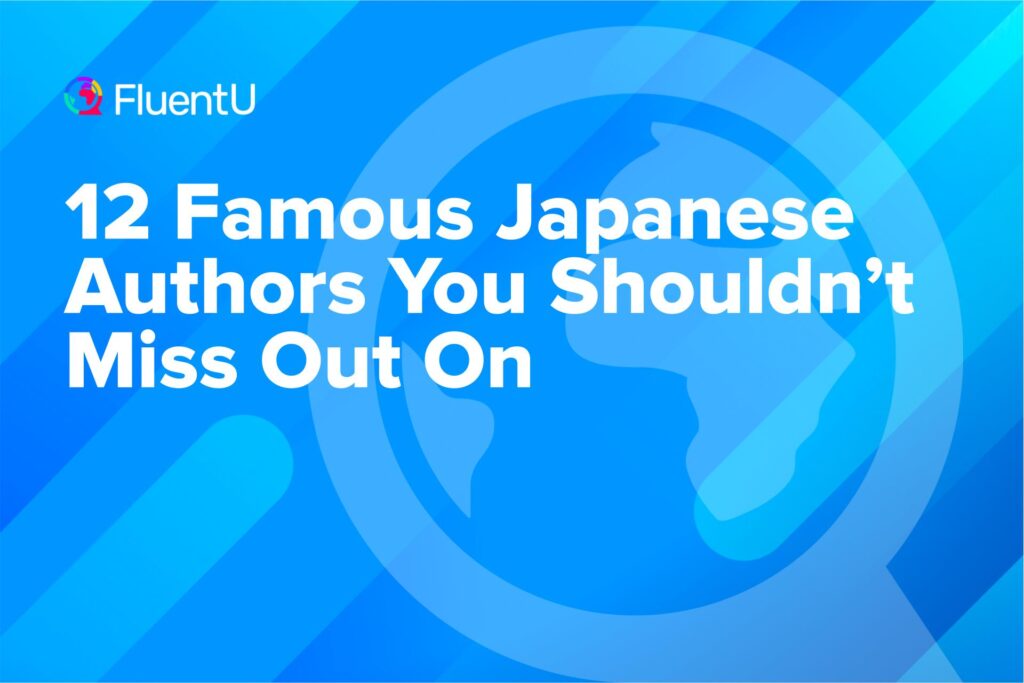
Japanese literature is full of classics, but due to the complexity of the language, the Western world is mostly introduced to translations. Often, these don’t entirely capture details like cultural nuances and what the original authors intended to convey.
So, if you’re not reading Japanese novels in Japanese yet, there’s a whole other world of history (that isn’t about samurai) and thoughtful explorations of human nature you’re missing out on.
Here’s a list of 10 famous Japanese authors you should add to your reading list. I’ve also included suggested reading to get you started if a particular author sounds like someone you’d want to get to know better.
Download: This blog post is available as a convenient and portable PDF that you can take anywhere. Click here to get a copy. (Download)
1. Junichiro Tanizaki
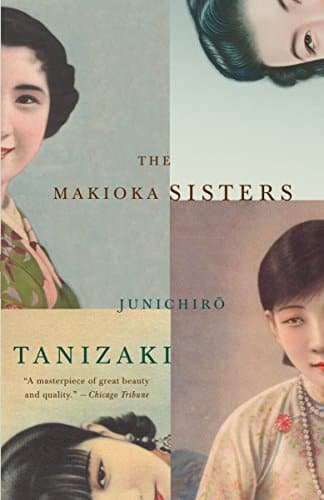
Born in 1886 in Nihonbashi, Tokyo, he was shortlisted for the 1964 Nobel Prize in Literature, although he would die the year after. His works ranged from thoughtful depictions of family life to unflinching juxtapositions of violence and sexuality.
His body of work was solid enough that he’s had a prestigious literary prize named after him. In fact, a few other entries on our list are Tanizaki Prize winners!
My recommendation: It’s honestly difficult to recommend just one book from an author of Tanizaki’s caliber. But if I had to choose one, it would be “The Makioka Sisters.”
Set in pre-World War II Japan, it’s a character study that follows a wealthy family as they attempt to find a husband for one of their daughters. Meanwhile, the threat of war looms over their heads.
2. Kobo Abe
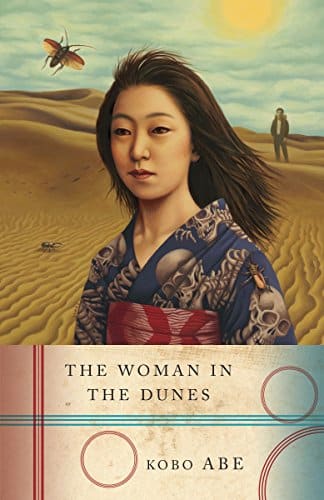
If you enjoy Kafka’s works, you’ll probably enjoy Abe’s just as much, as his writing was also characterized by—to quote the Encyclopedia Britannica—”bizarre and allegorical situations to underline the isolation of the individual.” Some of the prestigious awards he’s won include the 1951 Akutagawa Prize and the 1967 Tanizaki Prize.
My recommendation: If you want to get a feel for the works of Japan’s Kafka, I suggest “The Woman in the Dunes (砂の女).” Aside from winning the 1962 Yomiuri Prize, it’s one of the more accessible of his books. It explores existentialist themes and some of the struggles someone living in Japanese society would face (arguably to this day).
3. Kenzaburo Oe
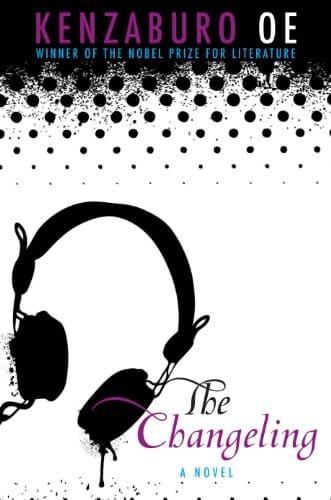
Born in 1935 in a quiet village in the forests of Shikoku, he began writing seriously at the age of 23 and won the Nobel Prize for Literature almost 40 years later in 1994.
Oe was described as having created “an imagined world, where life and myth condense to form a disconcerting picture of the human predicament today.”
Strongly influenced by French and American literature, Oe wrote about the dignity of human beings. He dealt with sociopolitical issues, exploring non-conformism and existentialism.
My recommendation: “The Changeling (取り替え子 or チェンジリング)” explores the relationship between two friends after one commits suicide. If you can read Japanese, you can check out its two yet-to-be-translated sequels (it’s part of a trilogy).
It’s a pity a large portion of Oe’s work remains untranslated, but that won’t stop you now, will it? After all, if there’s any word you don’t understand, you can always look it up via a program like FluentU.
FluentU takes authentic videos—like music videos, movie trailers, news and inspiring talks—and turns them into personalized language learning lessons.
You can try FluentU for free for 2 weeks. Check out the website or download the iOS app or Android app.
P.S. Click here to take advantage of our current sale! (Expires at the end of this month.)

4. Banana Yoshimoto
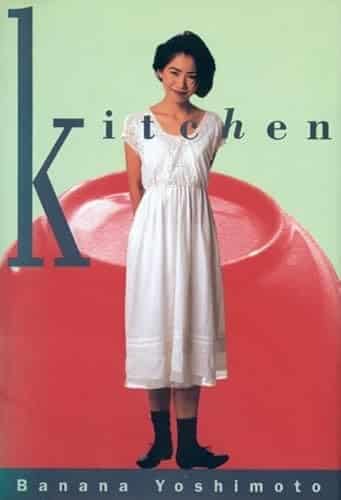
Yoshimoto, who writes her name in hiragana, chose her pen name in college due to her love of banana flowers and because the name was “rather cute and androgynous.”
She grew up in a liberal family, which probably explains the prevalence of two themes in her work: the disillusionment of contemporary Japanese youth and how people are affected by terrible experiences. These themes are reflected in works like “Lizard (とかげ),” another of her more popular short story collections.
My recommendation: Banana’s debut novel, “Kitchen(キッチン)”, was written in 1988. It includes two stories, “Kitchen” and “Moonlight Shadow,” told from the point of view of two young Japanese women living in modern Japan. It deals with themes such as mother-daughter relationships, love in a loveless world, transsexuality and tragedy.
5. Haruki Murakami
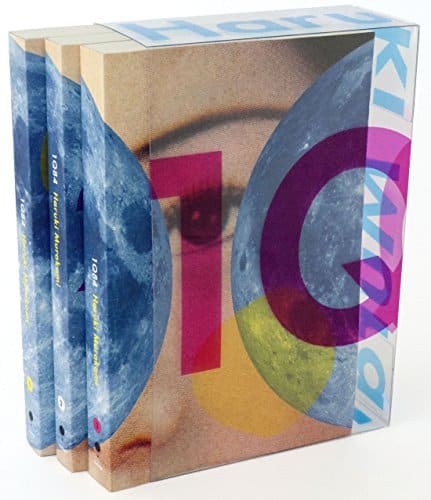
Born in 1949 in Kyoto during the baby boom following World War II, he is an internationally celebrated author whose books have been translated into more than 50 languages to date.
His 2013 novel “Colorless Tsukuru Tazaki and His Years of Pilgrimage (色彩を持たない多崎つくると、彼の巡礼の年)” sold one million copies within one month of its Japanese release.
His most popular themes focus on experimentation with the boundaries between reality and imagination. Aside from novels, he also authored surprisingly accessible short story collections.
My recommendation: “1Q84 (いちきゅうはちよん)” is a 1000-page extravaganza Murakami spent four years writing after coming up with the opening sequence and title. It follows the story of a young woman named Aomame who enters a parallel existence, which she calls 1Q84. It’s also a reference to George Orwell’s “1984” since the letter “Q” has the same pronunciation as the Japanese word for nine, which is 九 (きゅう).
6. Ryu Murakami
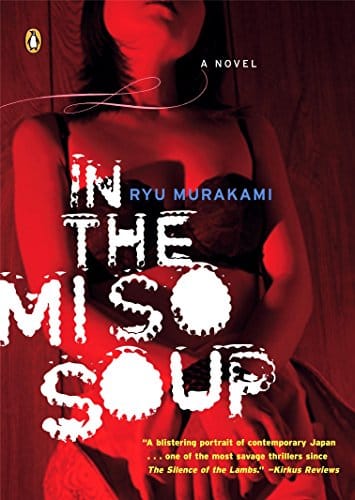
Ryū Murakami (村上 龍, Murakami Ryū) was born in Nagasaki in 1952. A controversial figure in Japanese literature, he wrote his first novel while still in college.
From 1976 until today, he’s written countless novels, short stories and essays mainly dealing with dark themes in Japan’s underbelly: drug use, murder, disillusionment and war.
My recommendation: “In the Miso Soup” (イン ザ・ミソスープ) follows a 20-year-old named Kenji who works as a Japanese “nightlife” guide for foreigners. Essentially, he takes tourists around the sex clubs and hostess bars of Tokyo.
When an American named Frank requests Kenji’s services three nights in a row, the young man realizes he gets more than what he bargained for.
7. Natsuo Kirino
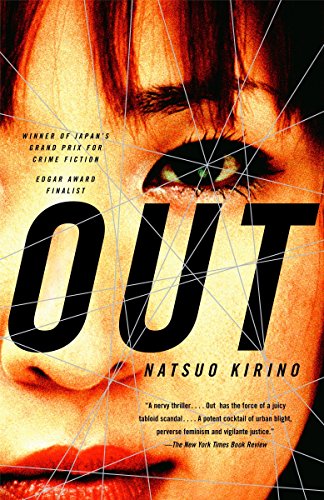
Born in Kanazawa in 1951, Natsuo Kirino (桐野 夏生, Kirino Natsuo) is the pen name of Mariko Hashioka. Kirino started out as a romantic fiction writer but soon switched to detective fiction, a genre she continues to pursue.
Because her heroines are often morally gray women, her fiction has been labelled “feminist noir.” Her gritty works have turned her into a fan favorite among crime buffs in and out of Japan.
My recommendation: Of course, you’ll want to start out with (no pun intended) “Out,” her breakout novel. In it, four women share a close friendship while working for a bento factory. A series of events causes them to get involved in a murder for which they suffer the consequences.
8. Shintaro Ishihara
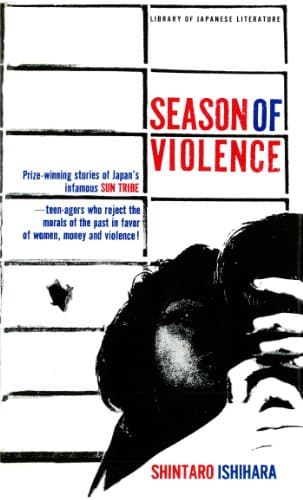
Born in 1932 in Kobe, Ishihara was a notable Japanese politician and a former governor of Tokyo. When he was alive, he was infamous for his radical position against foreigners living in Japan, especially those of Chinese and Korean descent. If you can get past his politics, Ishihara wrote some pretty good novels in his youth.
My recommendation: “Season of the Sun (太陽の季節),” also known as “Season of Violence” in English, is a sociopolitical novel about a rebellious youth in post-war Japan, which sparked a youth sub-culture called “The Sun Tribe.”
9. Mitsuyo Kakuta
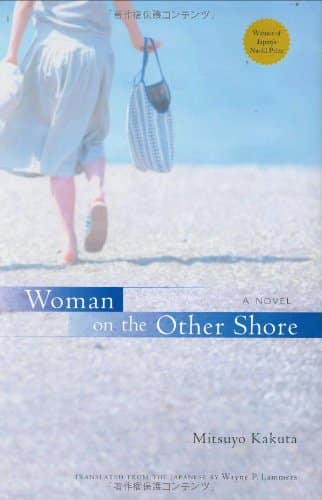
Along with other well-known female writers, such as Natsuo Kirino, Kakuta critiques a cold, egomaniacal and Western-influenced Japanese society—a society plagued by (in her view) greed and lack of empathy.
My recommendation: “Woman on the Other Shore” is a compelling novel about everyday life. A winner of the 2005 Naoki prize, the novel follows Sayoko, a 35-year-old housekeeper and quintessential Japanese housewife and mother.
When Sayoko starts working for Aoi (a freespirited, independent woman who passionately pursues her career), she finds herself captivated by Aoi’s lifestyle and begins to reevaluate the meaning behind her choices in life.
10. Teru Miyamoto

His early works won prestigious Japanese literary awards, such as “Muddy River” (泥の河), which won the Dazai Osamu Prize, and “River of Fireflies” (螢川), which took home the Akutagawa Prize.
My recommendation: “Kinshu: Autumn Brocade” (錦繍) is Miyamoto’s first work to be published in translation. Aki and Yasuaki, a couple who’s been divorced for over a decade, meet again by chance at a mountain resort. What seems at first to be a risky move by Aki to reconnect with Yasuaki quickly turns into a story of understanding and personal healing.
11. Amy Yamada
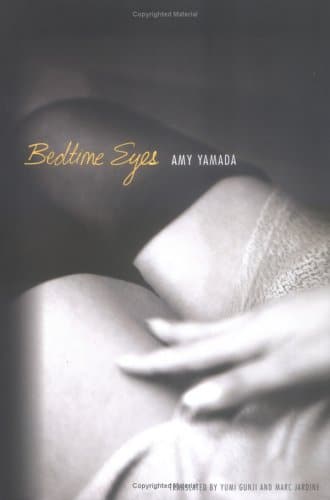
She tackles issues not typically discussed in Japanese society such as sex, interracial relationships, racism and xenophobia.
My recommendation: “Bedtime Eyes” is a novel reminiscent of the works of Douglas Coupland. The novel explores the relationship between a Japanese woman and a black American man entangled in a complex web of love, sex and cultural differences.
12. Kenzo Kitakata

Kitakata served as the president of the Mystery Writers of Japan from 1997 to 2001 and is also the writer of two 13-volume series—epic retellings of the Chinese classics “Romance of the Three Kingdoms” and “The Water Margin.”
My recommendation: “The Cage” (檻) is considered Kitakata’s signature novel. Revolving around a gangster leaving behind his criminal past to be a supermarket manager, “The Cage” is about a man feeling trapped in an unfulfilling life. He finds himself haunted by his previous life, struggling to be a (former) yakuza with a personal code of honor.
If you’re only aware of one or two (or none) of these famous Japanese authors, I suggest checking out the rest of the list. You won’t only be adding to the books on your “Read” list: You’ll also expand your horizons and view the world (not just Japan) from a different perspective.
Download: This blog post is available as a convenient and portable PDF that you can take anywhere. Click here to get a copy. (Download)
And One More Thing...
If you love learning Japanese with authentic materials, then I should also tell you more about FluentU.
FluentU naturally and gradually eases you into learning Japanese language and culture. You'll learn real Japanese as it's spoken in real life.
FluentU has a broad range of contemporary videos as you'll see below:

FluentU makes these native Japanese videos approachable through interactive transcripts. Tap on any word to look it up instantly.
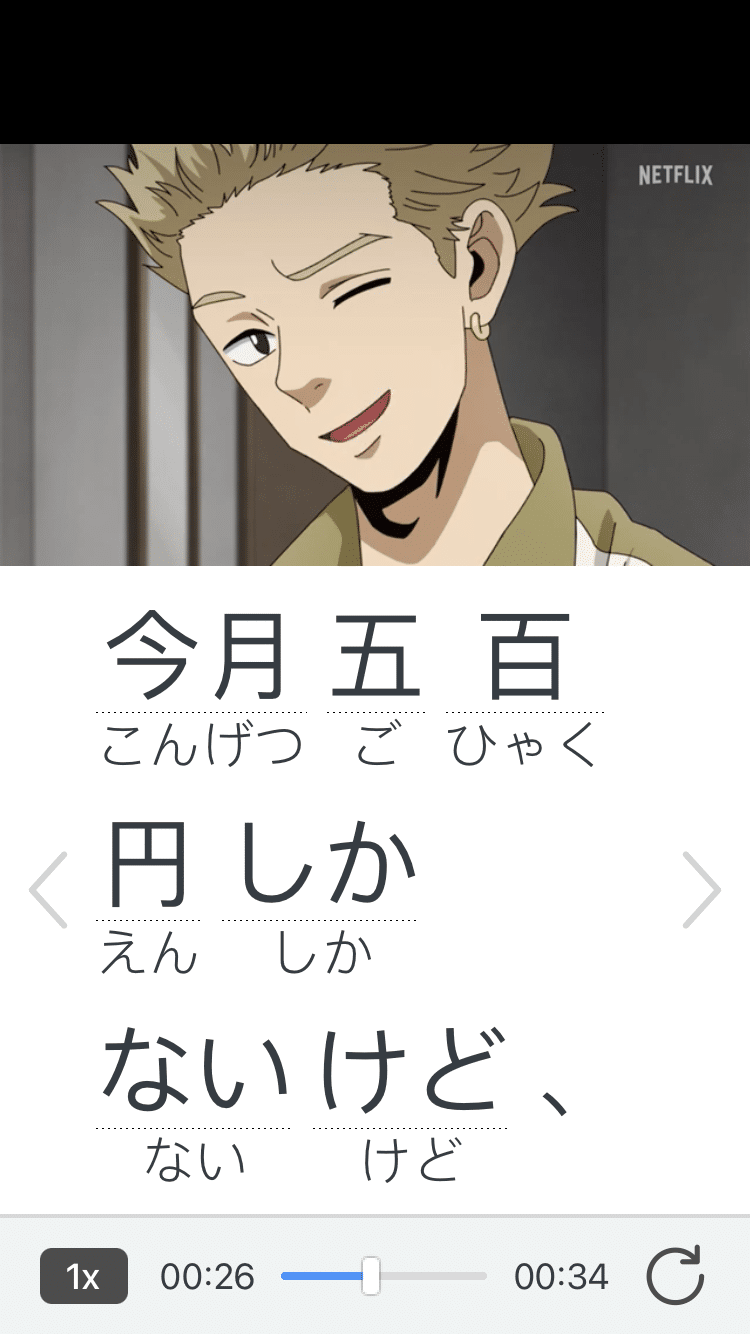
All definitions have multiple examples, and they're written for Japanese learners like you. Tap to add words you'd like to review to a vocab list.

And FluentU has a learn mode which turns every video into a language learning lesson. You can always swipe left or right to see more examples.
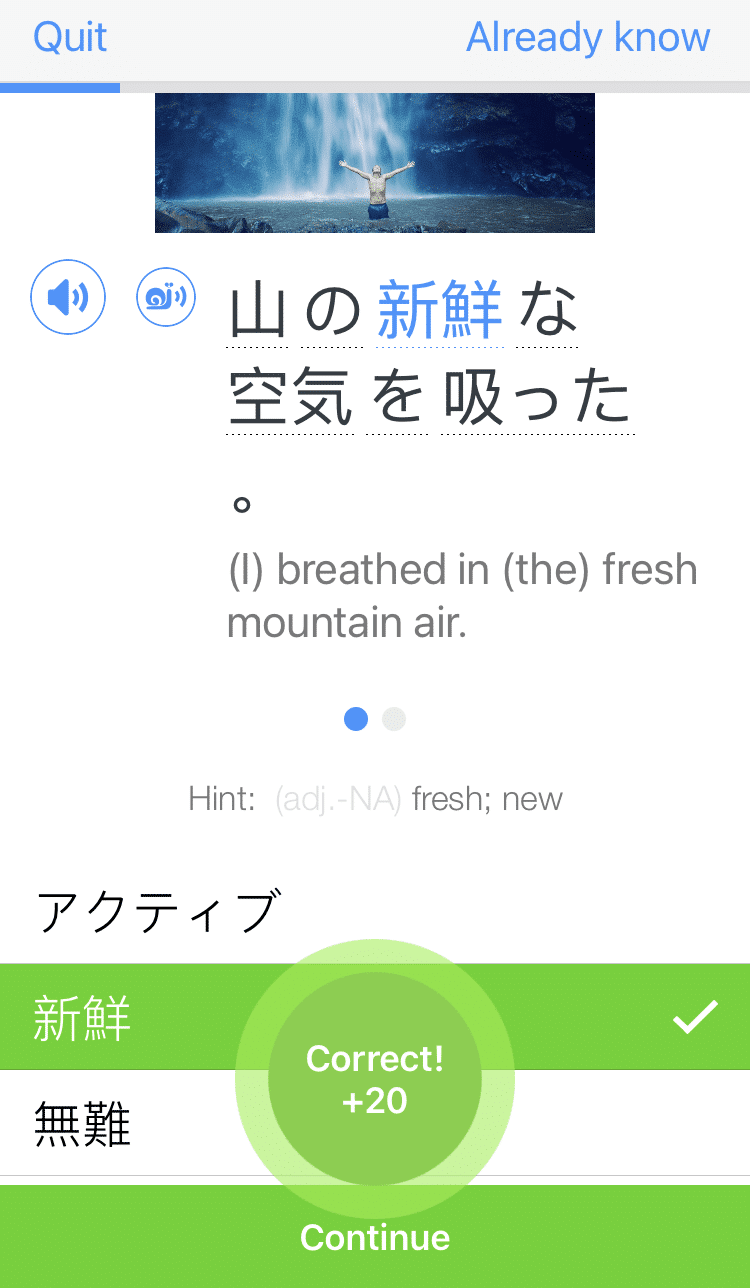
The best part? FluentU keeps track of your vocabulary, and gives you extra practice with difficult words. It'll even remind you when it’s time to review what you’ve learned. You'll have a 100% personalized experience.
Start using the FluentU website on your computer or tablet or, better yet, download the FluentU app from the iTunes or Google Play store. Click here to take advantage of our current sale! (Expires at the end of this month.)
